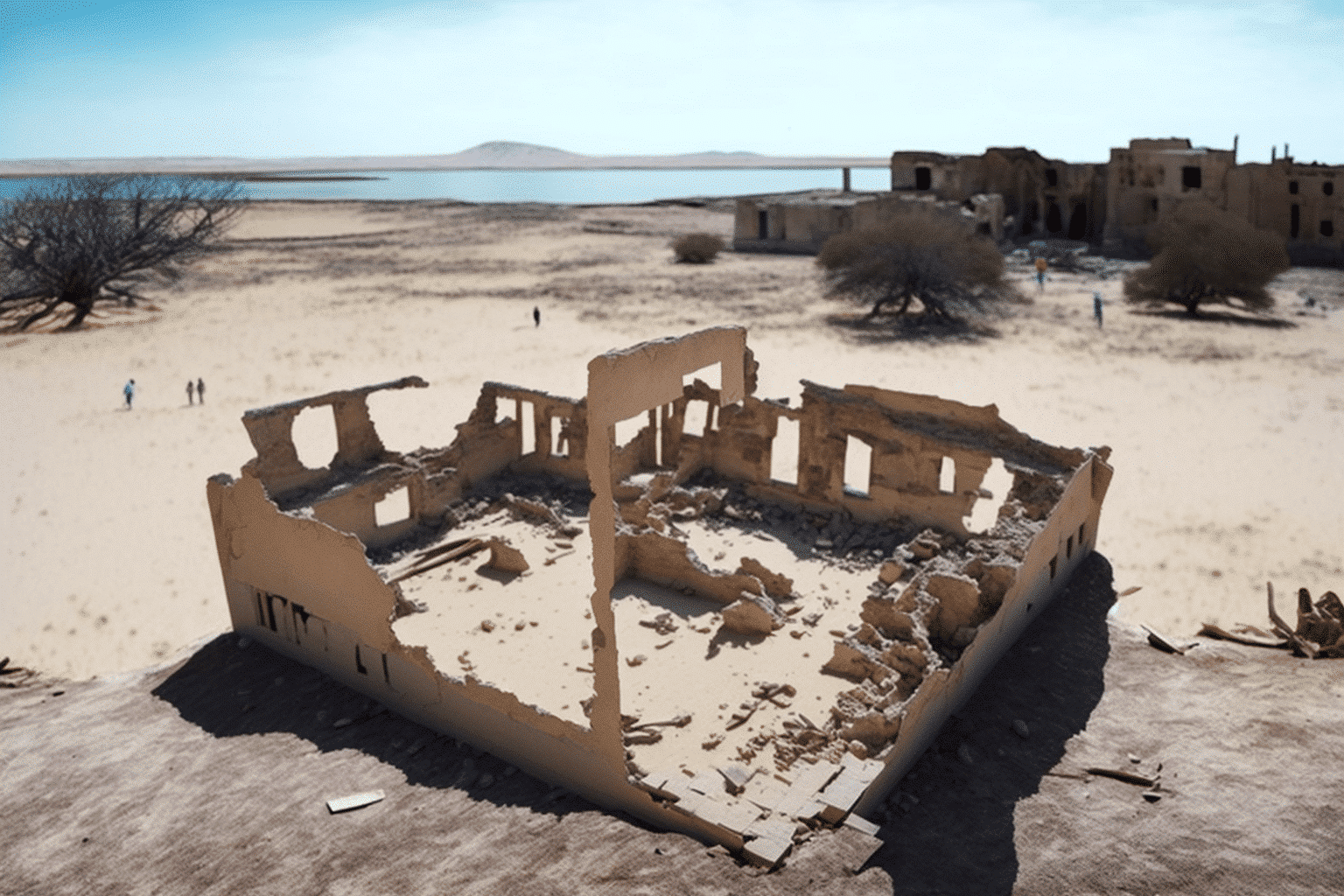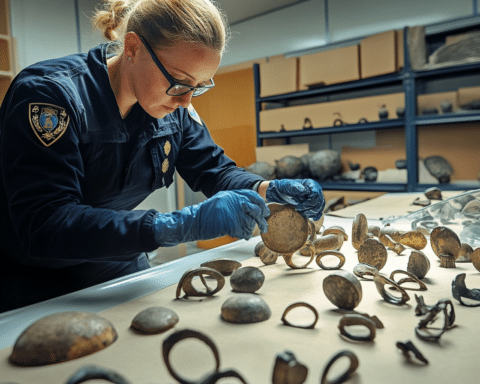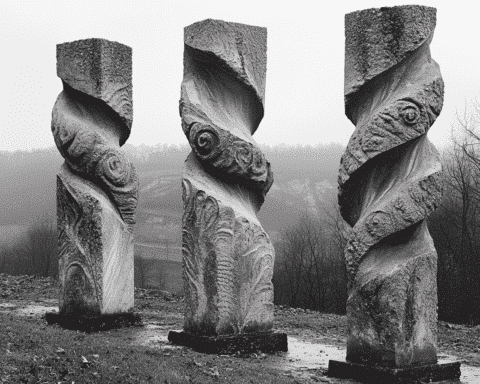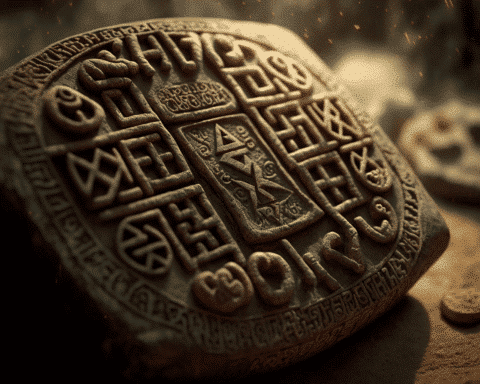A team of archaeologists in the United Arab Emirates announced the discovery of what is believed to be the oldest pearling town in the Persian Gulf, located on Sinniyah Island just east of the Umm al-Quwain emirate.
Spanning 12 hectares (30 acres), the town was active from the late 6th to mid-8th centuries, predating Islamic civilization, as the Umm al-Quwain Department of Tourism and Archaeology reported.
The town is considered one of the “largest preserved urban settlements ever uncovered” within present-day UAE, with a population estimated to be in the thousands. The pearling industry was the primary livelihood for many residents. The community’s homes were constructed using local beach rocks and materials from the nearby environment, while palm trunks were used for roofing.
Timothy Power, associate professor of archaeology at the United Arab Emirates University, highlighted the town’s uniqueness, noting its age, size, and year-round operation, unlike other seasonal pearling settlements. Power, who participated in the discovery, emphasized that the town was a “proper” and densely populated settlement with diverse housing types and a mix of socioeconomic groups.
Power suggested that the town’s inhabitants were likely Christian, given its proximity to an ancient Christian monastery discovered the previous year. Pearling, the process of retrieving pearls from oysters or mussels in seas and lakes, has been a significant part of the region’s heritage for over 7,000 years, as stated by the Umm al-Quwain Department of Tourism.
Power acknowledged that there were other important pearling markets during this era, but it was evident that the pearling industry played a crucial role in the economy of the newly discovered town. He also noted that at the height of the pearling market, a significant portion of the population was engaged in the industry; in nearby Abu Dhabi, nearly two-thirds of the male population participated in pearling during the 19th century.
The discovery of this ancient pearling town not only provides invaluable insights into the history and culture of the region but also holds the potential for enhancing the UAE’s tourism industry. As archaeological excavations continue, more details about the town’s economic, social, and cultural aspects are expected to emerge.
To preserve the site and promote its cultural heritage, the Umm al-Quwain Department of Tourism and Archaeology is considering the establishment of a museum or visitor center, which would allow tourists and researchers to explore and learn about the ancient town and its pearling history.
Moreover, the findings from this excavation could contribute to a broader understanding of the pearling industry’s significance in the development and growth of the Persian Gulf region. The ongoing research may also shed light on trade networks, technologies, and social dynamics that played a role in the ancient pearling town’s success.
This discovery has garnered international interest from archaeologists, historians, and scholars, with many eager to study the site further and gain a deeper understanding of the town’s place in the history of the Persian Gulf.
Ultimately, the unearthing of this ancient pearling town serves as a testament to the rich and diverse history of the UAE and the Persian Gulf region, revealing an important chapter of human civilization that had remained hidden for centuries.




